Are you considering forging a partnership that could elevate your brand visibility while supporting a great cause? A well-crafted sponsorship partnership agreement can be a game-changer, providing both parties with value and exposure. This letter template serves as a starting point to outline your collaboration, ensuring clarity and mutual benefit. Curious about how to make your sponsorship proposal stand out? Read on!
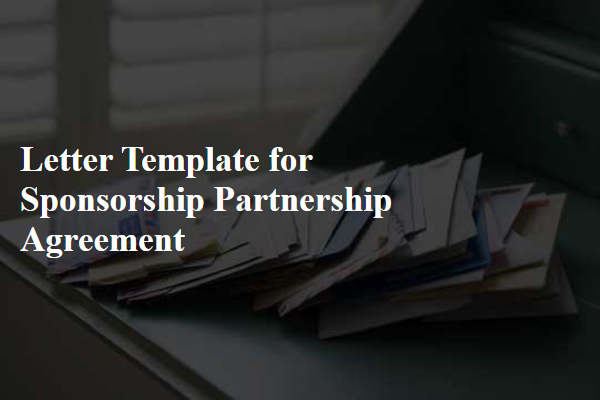
Introduction and Purpose
The Sponsorship Partnership Agreement serves as a formal document designed to outline the collaboration between entities aiming to achieve shared objectives. This agreement specifies the intentions, responsibilities, and benefits of the partnership, providing a clear framework for mutual support. The partnership targets initiatives such as community events, industry conferences, or promotional campaigns, with primary goals of enhancing brand visibility, increasing audience engagement, and facilitating impactful networking opportunities. By establishing this agreement, both parties seek to leverage their resources effectively, ensuring a meaningful relationship that aligns with their strategic goals and fosters long-term success in their respective fields.
Sponsorship Benefits and Obligations
Sponsorship partnerships provide mutual benefits, enhancing brand visibility and community engagement. Companies often gain advertising space at events, such as banners at conferences or logos on promotional materials. In return, sponsors typically provide financial support or resources, ensuring successful event execution or project development. For example, a local charity event might offer sponsors prominent placement on event websites and social media platforms, reaching thousands of potential customers. Sponsors may also receive exclusive networking opportunities, allowing them to connect with key stakeholders and industry leaders. It is crucial for both parties to outline specific obligations, such as deadlines for delivering materials, payment schedules, and expected deliverables, to maintain a transparent and fruitful partnership.
Terms and Duration
A sponsorship partnership agreement outlines the terms and duration of collaboration between organizations, ensuring clear expectations and responsibilities. The agreement typically specifies a timeframe, such as a one-year commitment starting from the effective date, often marked by signed documents. Key elements to incorporate include delivery of sponsor benefits (like logo placement or promotional opportunities) during specific events, such as annual conferences or community outreach programs. Compliance with applicable laws and regulations should be emphasized, along with conditions for renewal or termination. Regular review intervals may be established, possibly quarterly, to assess the partnership's success and address any adjustments needed based on evolving objectives or challenges faced by either party.
Payment and Financial Arrangements
Sponsorship agreements outline detailed financial arrangements, including payment structures and obligations. Clear specifications regarding the sponsor's investment amounts, typically in dollars (e.g., $10,000), are crucial for transparency. Payment schedules often detail when funds should be disbursed, for instance, a 50% upfront payment followed by the remaining balance after specific milestones. Financial terms can also incorporate potential additional costs, defining parameters for expenses such as promotional materials or event execution, to ensure both parties understand their responsibilities. In cases of default or late payment, clauses are vital to protect the interests of the sponsoring entity and maintain the partnership's integrity. Regular accounting practices and reporting mechanisms enhance trust and oversight throughout the agreement's duration.
Termination and Cancellation Policies
Sponsorship partnerships often necessitate clear termination and cancellation policies to ensure both parties understand their rights and obligations. A well-drafted termination clause may include provisions for advance notice periods, typically ranging from 30 to 90 days, allowing either party ample time to prepare for disengagement. In events of breach, a remedy period, often set at 14 days, could be specified to allow for correction of any issues before termination is enforced. Cancellations made due to unforeseen circumstances, such as natural disasters or pandemics, might involve force majeure clauses, delineating conditions under which either party can withdraw without penalties. Financial commitments, including prepaid sponsorship fees or reimbursement procedures for unutilized benefits, should also be explicitly outlined to avoid misunderstandings at the conclusion of the partnership.

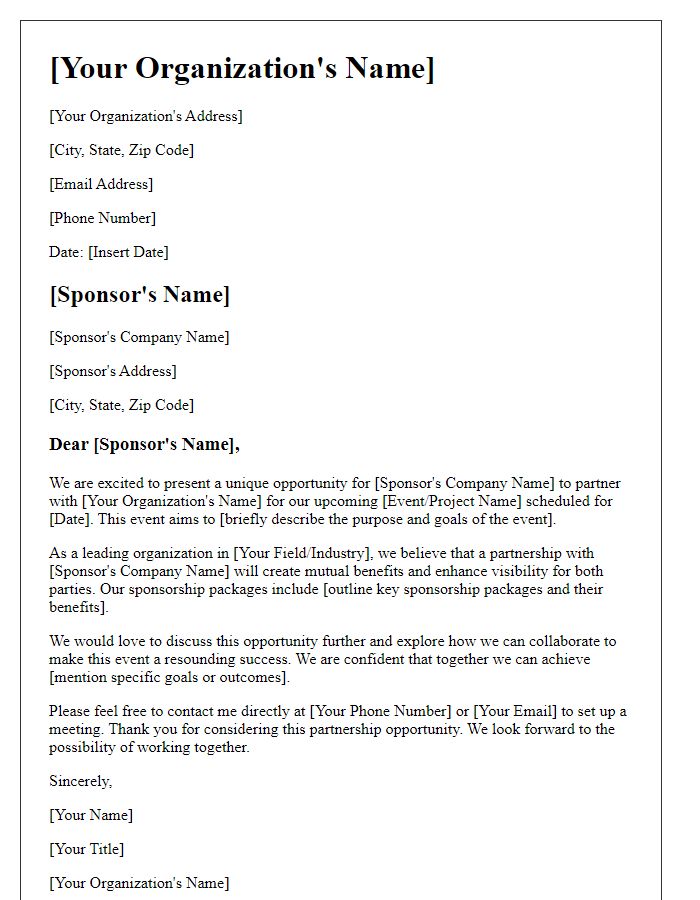
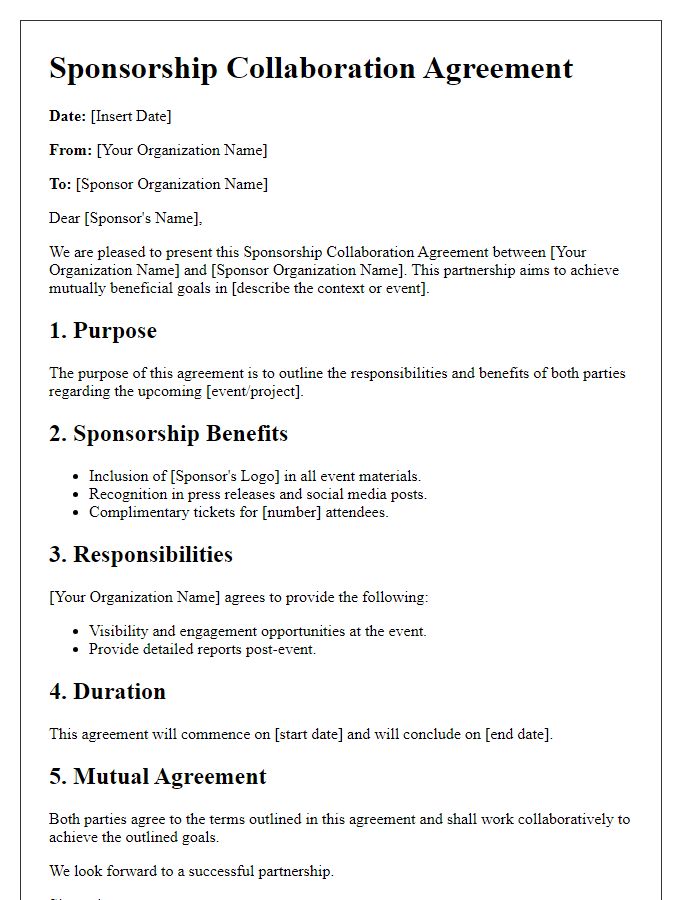
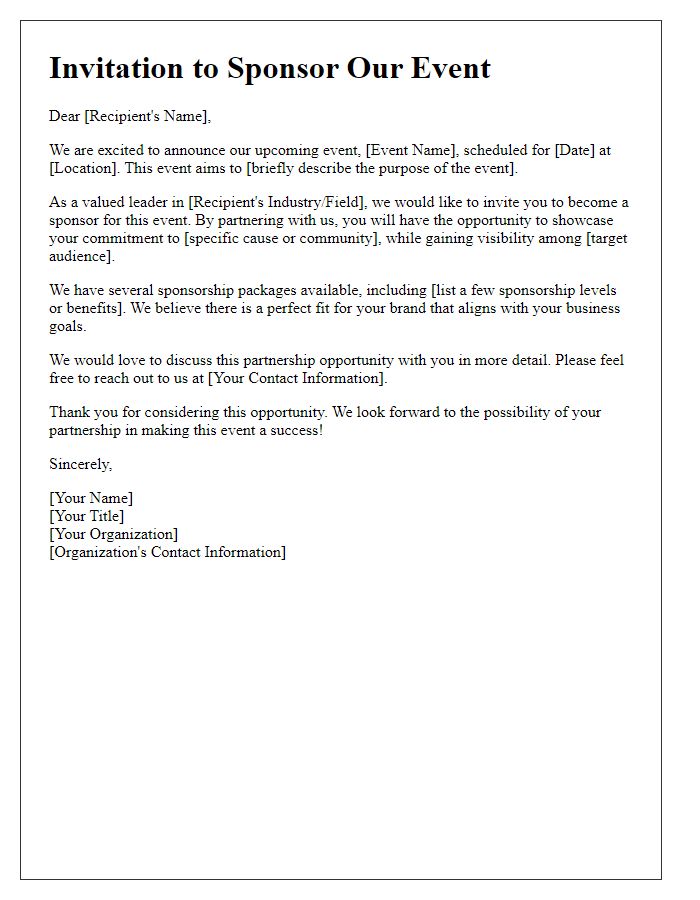
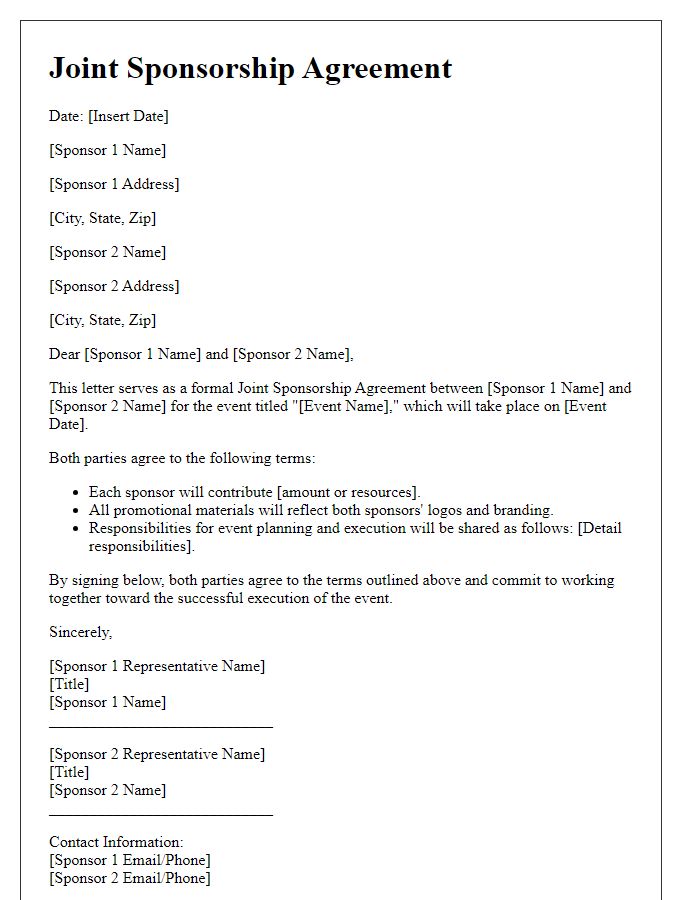
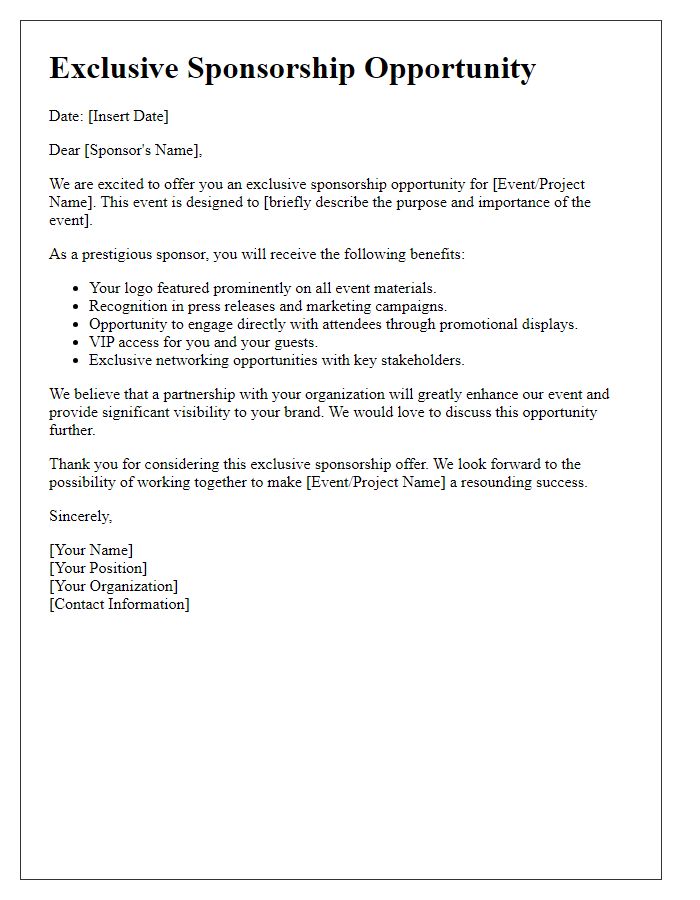
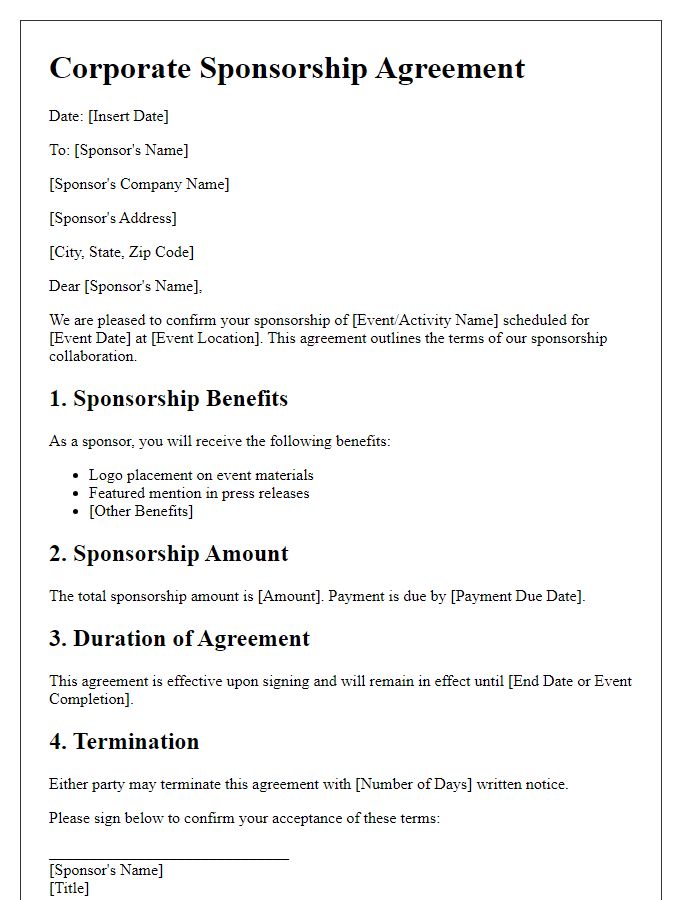
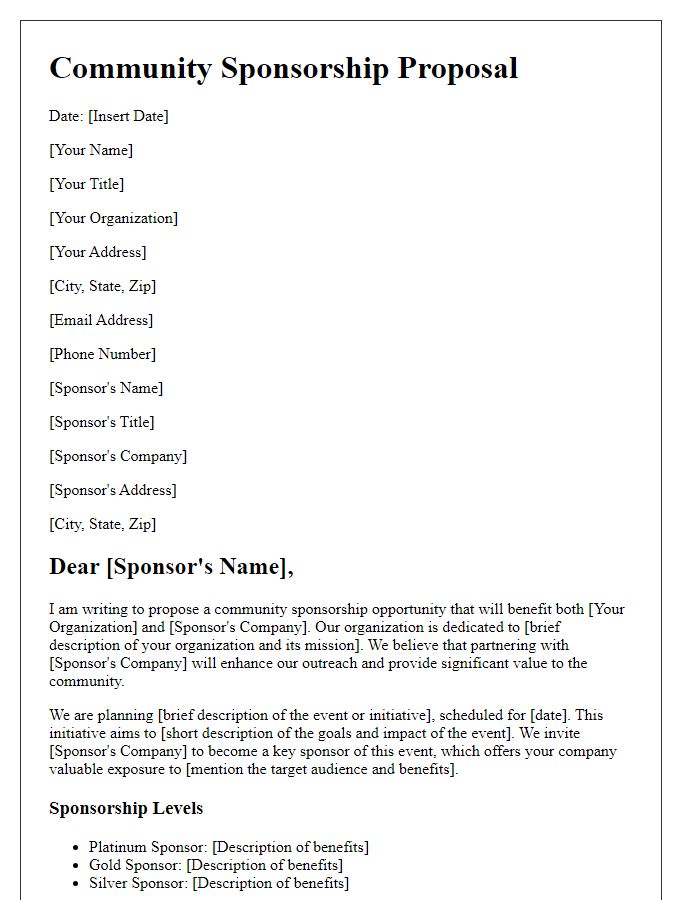
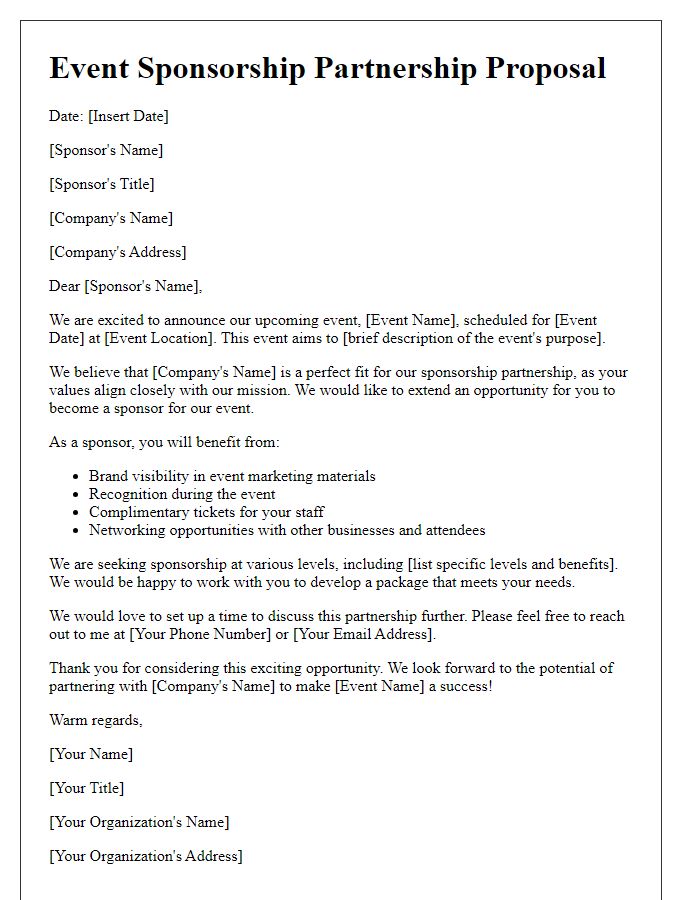
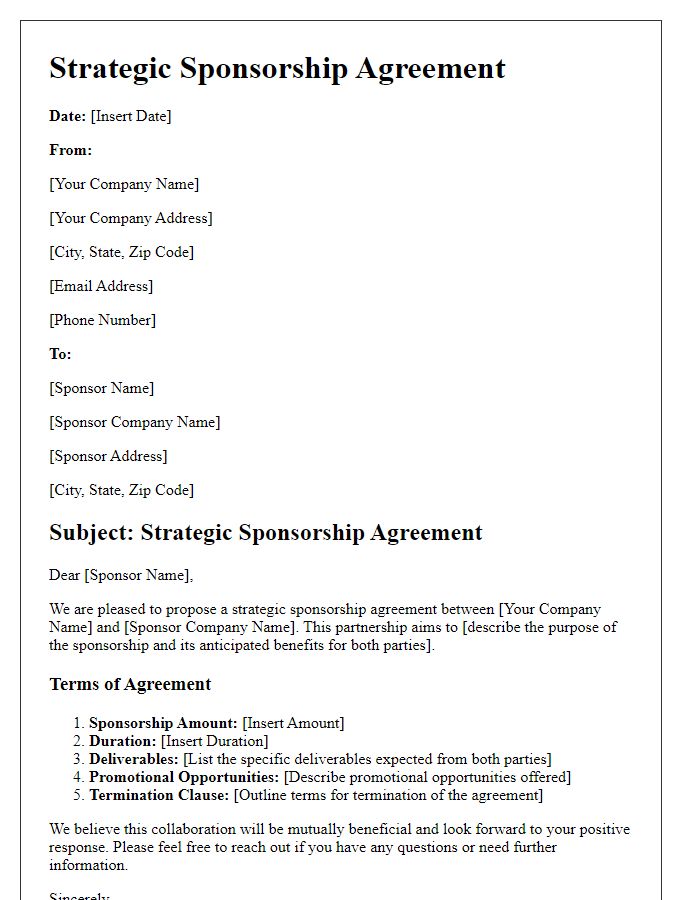
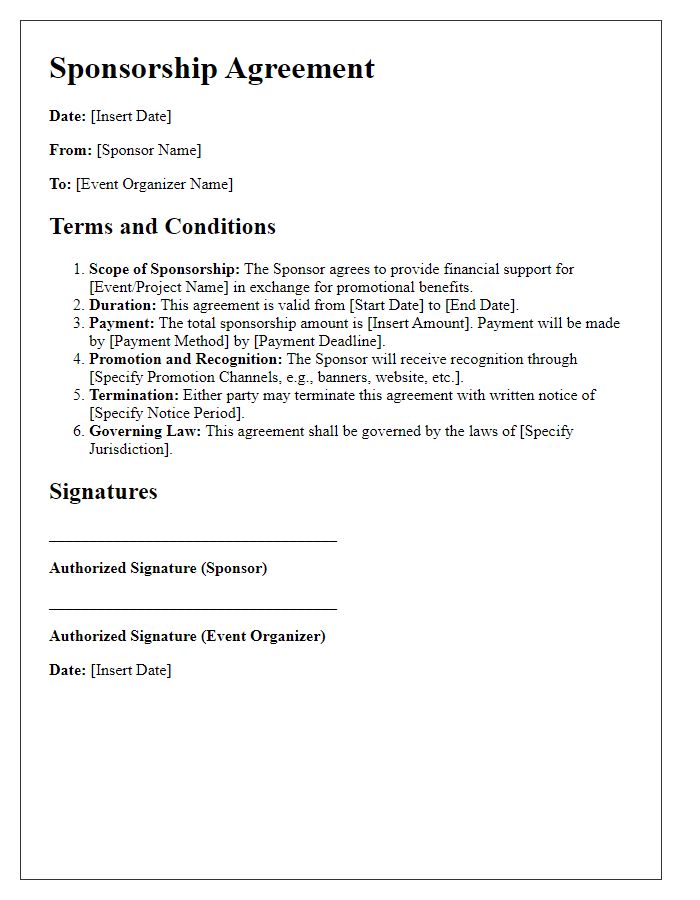

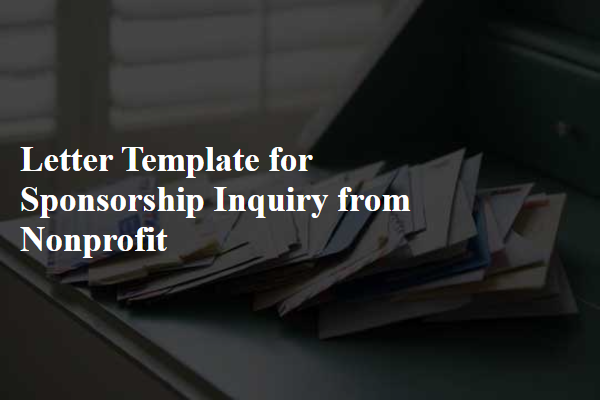
Comments